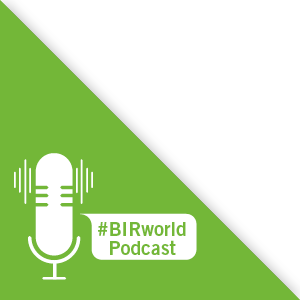The last six or seven weeks will probably be remembered as one of the toughest times in Indian history. One by one, almost every state and city, town and village, had to battle the devastating effects of a raging second wave of COVID, bringing unprecedented pain and loss of human life. Scenes of despair, helplessness and chaos were visible nationwide. The country’s entire medical infrastructure became overwhelmed and foreign help was sought to fulfil the demand for oxygen, concentrators, medicines and other relief materials.
While urban areas are now seeing a drop in new cases, the ferocity of this pandemic has moved into the hinterlands, which unfortunately lack adequate infrastructure, resources and awareness to effectively combat the spread of the virus. Even so, experts believe that the worst is now behind us. The next couple of months should hopefully see a major improvement in the situation as vaccine availability and the supply chain network are reinforced.
But India cannot now allow itself any kind of complacency - which is the primary reason we got into this situation. The events of the last two months demand introspection, auditing and accountability in terms of how we responded to this crisis. As the world’s fifth-largest economy, and one of the fastest-growing, could we have done better? As part of this resurrection, we need also to eradicate the faults that led us to this severe set of circumstances.
Economic activity has been lopsided, with some sectors performing better than others. However, the scars of the pandemic are deep and the economy is likely to witness stress even if there is a V-shaped recovery. The first wave of the virus saw a colossal financial loss on account of countrywide total lockdowns; the second wave has seen less economic pain but greater loss of human life because lockdowns and restrictions on mobility were made a subject for individual states, which implemented them in calibrated form. Several businesses were still allowed to operate according to the safety protocols laid out and thus avoid total closure.
The April-June quarter will be a dampener owing to the combined weight of production losses and muted demand. But once the unlocking process starts, there will be a monumental change in consumption. Predictions made with much gusto by banks and analysts, including the International Monetary Fund, suggest that India will end the current financial year with 8.5-9.5% GDP growth. While this spells good news for India, the year will rather be a story of two halves: the human tragedy and the expected economic comeback. It could possibly also highlight the dichotomous world in which we live and its rising inequalities.
Meanwhile, the backbone of India’s secondary non-ferrous industry remains the automotive sector. With most plants announcing operational cutbacks owing to lockdowns, April and May have been very muted, creating a ripple effect for our industry. While sporadic exports of ADC12 ingots kept smelters’ volumes moving to some extent, most are awaiting regular domestic demand to resume. Similarly, the brass industry has pushed exports of intermediate products to bridge this period of low local demand.
Being summertime, scrap processing yards have faced a further challenge: the routine migration of labour to their home towns.
Overall, it has been a period of low activity levels as most have been challenged by the impact of the pandemic. But there is a simmering fire in the belly and people are raring to go all out. Last year, we saw that sales in automotive, white goods and new housing, for example, picked up at a dizzying pace as soon as the lockdown restrictions were lifted. Hopefully, that same magic will return soon.

Dhawal Shah
Metco Marketing (IND) PVT Ltd, Senior Vice-President of the BIR Non-Ferrous Metals Division
Country
 India
India
